Of all the things one expects to find in Manila, a medieval fort city is the least likely. Yet there it is. Your first glimpse is of the outer moat, now the rolling green of a golf course; and of the ancient, mossy walls which once sheltered the core of Philippine civilization.
The history of Intramuros is especially interesting if you’re a student of colonialism, although anyone with a love of history will enjoy exploring this ancient city. Intramuros is chock-full of stories. Some on a very human scale — such as those of Jose Rizal and domestic life in the colonial period — and some much larger, encompassing the fate of the entire country.
Manila in its Heyday
Building began in 1570 on a strategic piece of land — now Fort Santiago — between Manila Bay and the Pasig River, the site of the former palace of the conquered ruler, Rajah Sulayman. Covering just 0.67 square kilometres, the city was designed on a tight grid of streets, surrounded by two moats, guarded by dozens of cannons, and fortified by bulwarks and ravelins.
Intramuros is chock-full of stories.
Inside the walls, Intramuros thrived. Universities, churches and convents sprung up. Intramuros housed the nation’s brightest students, wealthiest families, grandest government offices, and most powerful religious orders.
There was room for barracks and a printing press. Horse-drawn carts rattled down the cobblestone streets. Manila’s elite families entertained in elegant, Spanish-style homes along the parks and plazas, and every Sunday, a procession of well-dressed churchgoers flowed through the city’s eight gates towards the Plaza Mayor and the Manila Cathedral.
→ How to See Manila Like a Local
As the seat of Spain’s authority in the archipelago, Intramuros drew the attention of every foreign power that sought to conquer the Philippines – including the Dutch, British, Americans, and Japanese. The Spanish authorities dictated that Chinese could not own houses inside Intramuros, so a growing community of Chinese-Filipinos were settled outside the walls in an area known as the Parian.
Following Spain’s surrender of the Philippines to the United States, Fort Santiago became the headquarters of the Philippine division of the US Army.
The Destruction of Intramuros
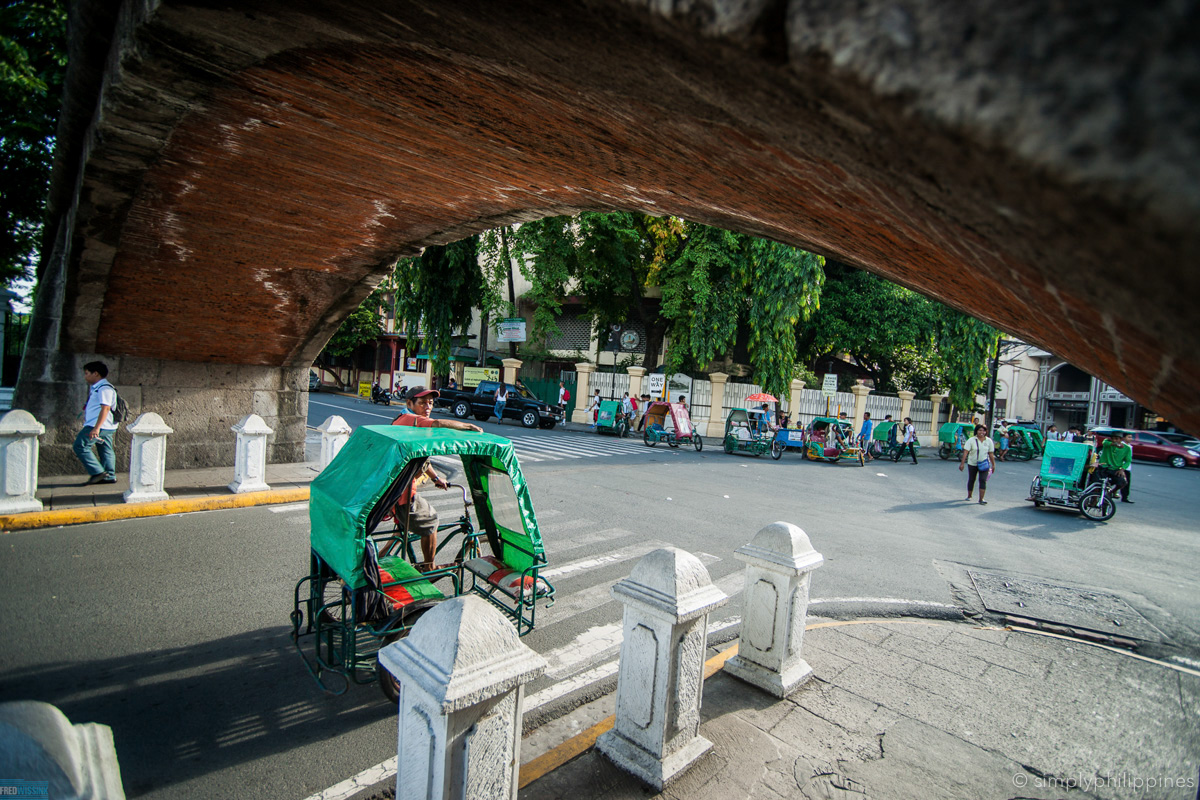 After standing through a series of earthquakes and 350 tumultuous years, Intramuros was devastated at the close of WWII. Allied forces used artillery barrages and heavy shelling were used to flush out Japanese troops that had taken the city and 4,000 civilians hostage. The Japanese, for their part, systematically demolished cultural landmarks across Manila. Intramuros’ walls were fired on point-blank, its buildings carpet-bombed, its gates rammed with tanks.
After standing through a series of earthquakes and 350 tumultuous years, Intramuros was devastated at the close of WWII. Allied forces used artillery barrages and heavy shelling were used to flush out Japanese troops that had taken the city and 4,000 civilians hostage. The Japanese, for their part, systematically demolished cultural landmarks across Manila. Intramuros’ walls were fired on point-blank, its buildings carpet-bombed, its gates rammed with tanks.
→ Top 10 Things To Do in Intramuros
Intramuros, the nation’s once-proud city and heart of the capital, was levelled to the ground. By the end of the WWII, only the San Agustin Church and its monastery remained standing within the crumbling walls.
These days, Intramuros’ gates are once again open. Many of its original structures have been carefully rebuilt. Overlooked for many years, some portions have been taken over by poorer communities. Its streets are slow-paced, in contrast to the hustle outside. Visitors can explore its courtyards, barracks, bulwarks, churches, and museums; or even walk atop the ancient walls that have witnessed so much.
Intramuros’ walls were fired on point-blank, its buildings carpet-bombed, its gates rammed with tanks.
You haven’t really seen Manila until you’ve seen Intramuros, the fort city that for the longest time was Manila itself.

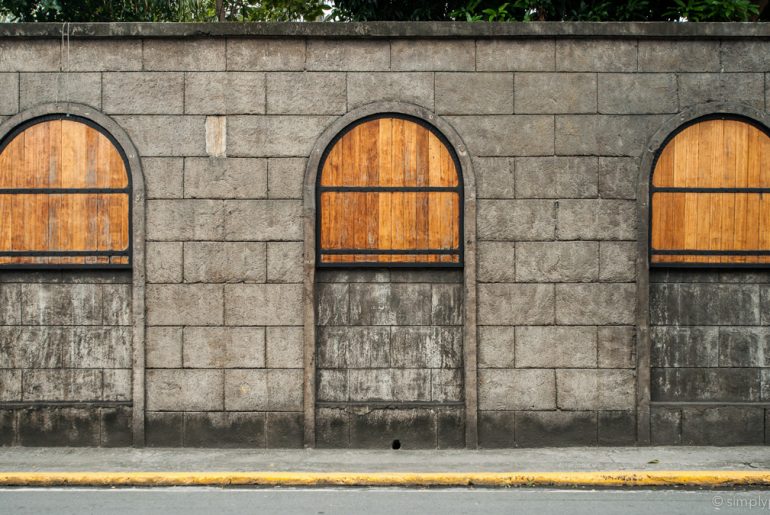







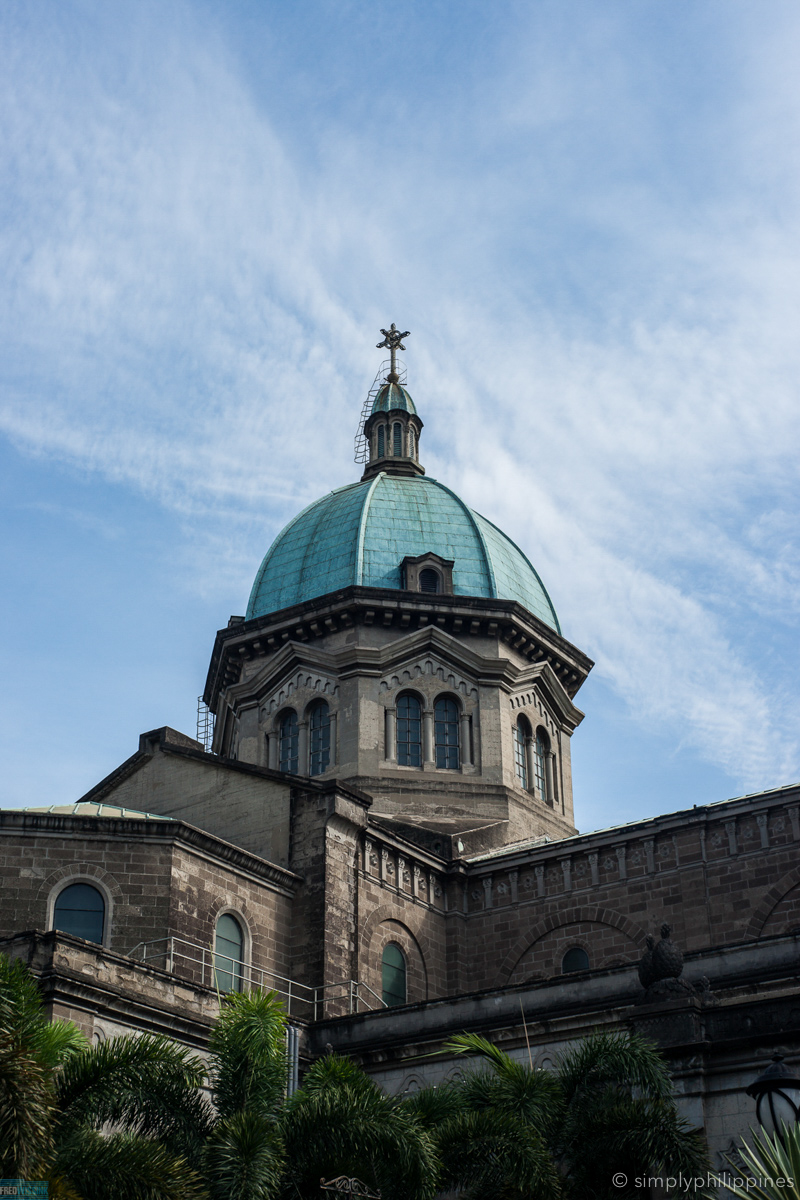





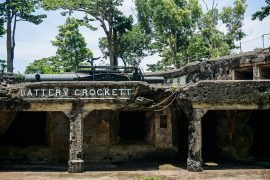
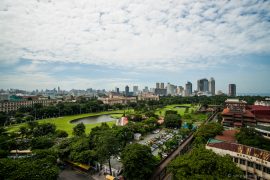
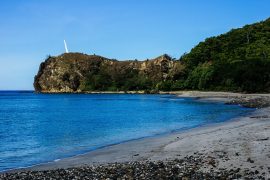
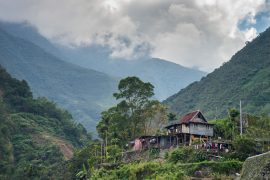
Comments are closed.